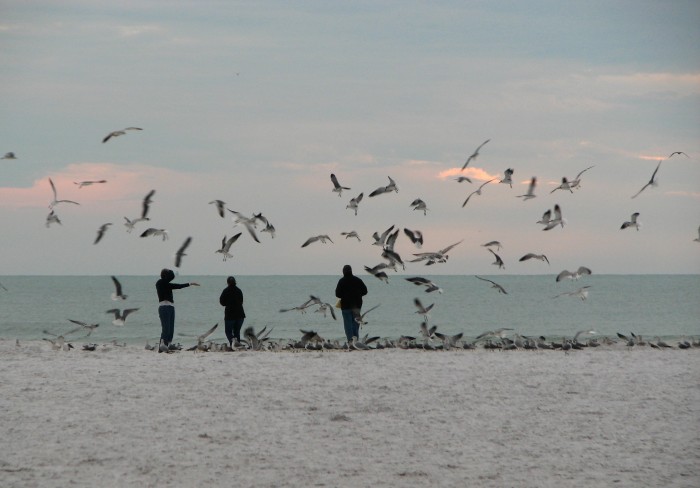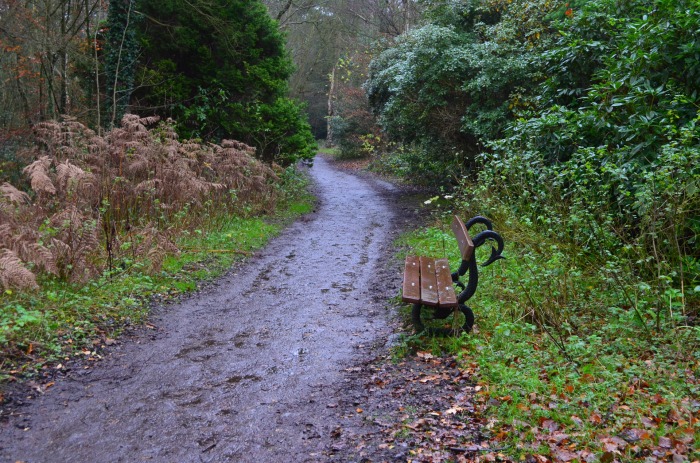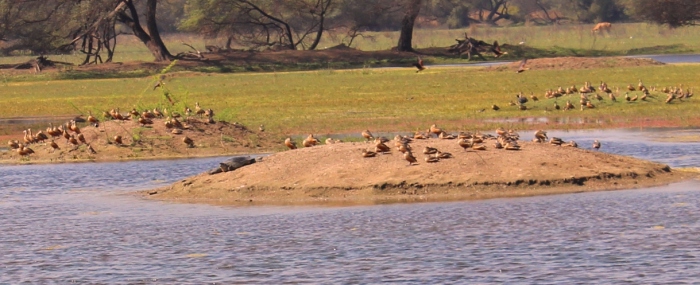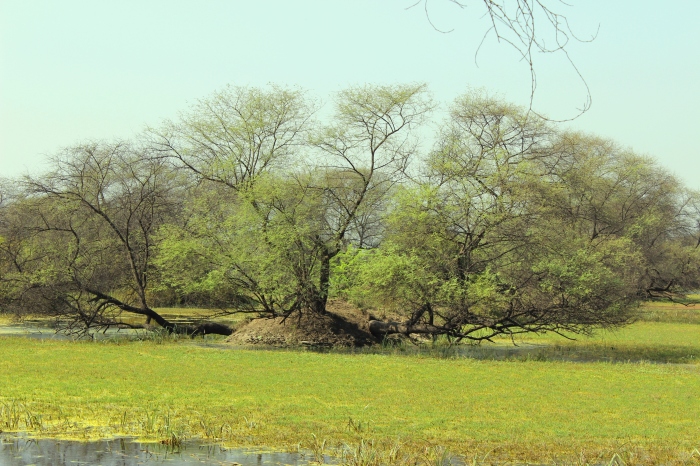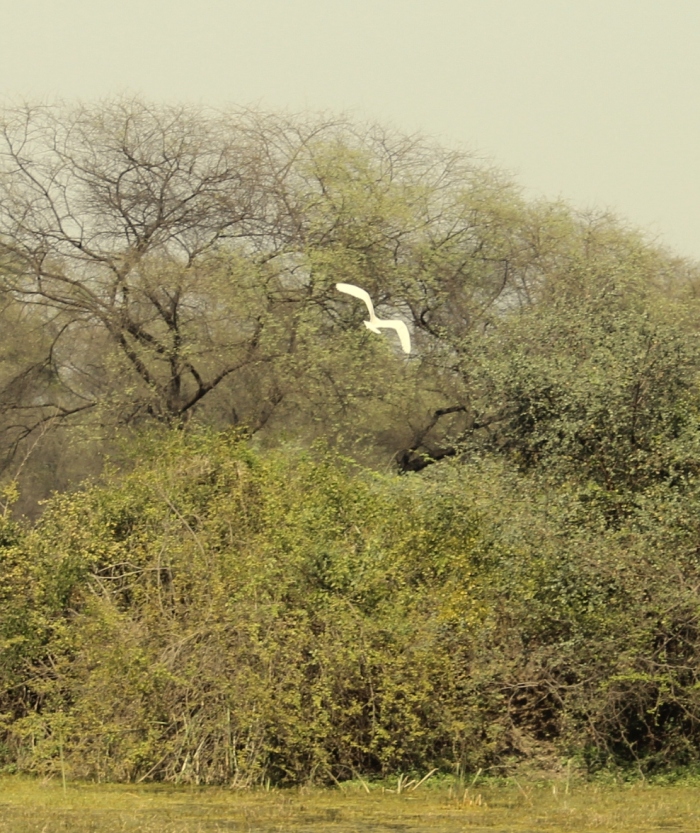So here is a blog on the current issues facing Infrastructure financing in India. I know it’s kind of a sharp turn from what I have been writing till now but as I have already mentioned in one of my previous blogs that I am after all a girl from a finance background (and it’s called Mullah ki daud masjid tak).
Lately I have been reading a lot about Infrastructure financing, the sector and what is happening in general around it. Got me to thinking about the various point of views that exist regarding what is the right way forward for the economy as a whole. It’s no brainer that India needs quality infrastructure at its disposal to support any of its developmental agendas. So if the way forward is so clear, what could be the various issues which could be acting as the barriers to a better, cleaner, organised and hence developed India? What are these points of views which are taking forever to sync?
To the ones who have already been following up on what is happening in this regard, my blog may come across as a bit layman as its basically for the ones who are not much into understanding the details of the economy and banking and stuff but if explained in easy bloggish terms may find it interesting and worth taking the pains for.
So the first and foremost question should be what exactly is infrastructure? In most simple terms it’s the basic physical structure that is needed for a society to operate or the structure required for the services and facilities necessary for an economy to function. But in common usage, the term is used to refer to physical structures like roads, bridges, tunnels, water supply, sewers, electrical grids, telecommunications, well you get the point.
But I don’t really want to talk about the infrastructure related issues of the economy. Frankly speaking, that list may go on forever and my time is precious for me. I would like to concentrate on the financing related issues with the infrastructure projects and what’s been taking so much time to get resolved for us to have bearable roads, parks, schools and other such facilities in place. After all, some of us are paying our taxes. Then why!
That takes us towards our second question. What’s financing required for and what is it really? So, that bit comes under the project financing part, which is basically financing a project based upon the projected cash flows of the project rather than the balance sheets of the sponsors/contractors. This is in sharp contrast to financing a car or a home construction (called car loans and home loans respectively) which are sanctioned when it has been confirmed via net worth documents that the owner is rich enough to pay for it. In case of infrastructure projects, the financing is done via PPP (Public-Private Partnerships) mode in India which is primarily a partnership between government and one or more private sector companies. So let’s take the obvious next question – why do we need to finance these projects like this? Why can’t the government pay for them from its own pockets?
The answer is it can’t. Two main reasons: First is that the government does not have the necessary skills or expertise to carry out these projects and the process of hiring experts and suitable engineering firms to do the job is not its cup of tea. Secondly, government is unwilling and incapable of incurring that kind of borrowing and show it in its balance sheet. The first reason is pretty straight forward to understand so let’s go deeper into the second reason. The government’s budgetary balance is a difference between the economy’s revenues and spending. Revenues are basically sourced from taxes. So, if spending is more than revenues, we have a deficit, if it’s less then we have a surplus which of course has never been the case. While some amount of deficit in an economy is seen as a mark of high demand for goods and services and thus shows good business potential, excessive deficit may create problems in terms of risks of default. Spending on infra projects comes under capital spending which is long term in nature as it cannot be renewed within a year’s time. If government does not have the resources to spend on capital expenses, then it needs to borrow funds. The most common method of borrowing is via selling government bonds (They are long term securities that pay a fixed rate of return over a long period until maturity, and are bought by financial institutions looking for a safe return).
Why is capital spending via selling bonds is not such a great idea is because as already discussed, there may be a considerable time-lag between spending and the benefits that arise from that spending, so the decision making has to be from a very long term perspective. But most importantly, excessive borrowing every year results in interest burden. In general sense, what constitutes Governments primary spending list is interest payments, defence expenditure, wages and salaries of govt. employees and various subsidies. This means that even if government doesn’t get involved in any of the activities going forward, it will still have a deficit. In order to finance this deficit, government borrows which then pushes up the interest rates (government sells bonds to banks and thus reduces banks’ surplus cash thus making commercial loans expensive) causing inflation and pushes other private sector investment to the bottom in its priority list. Since, interest burden of the past borrowed funds is already taking away such a huge chunk of the revenues, borrowing further to spend in capital expenditure is not an option for the government currently. Additionally, further borrowing translates into higher credit risk making interest rates being charged to potentially go up north further adding to the burden. Hence, PPP.
In the next sections, I will be talking about the reasons why PPP as an option got surrounded by so many controversies and complexities that despite being a perfect model given the issues with our economy, it was still unable to contribute in the desired way. Till then, happy reading…
